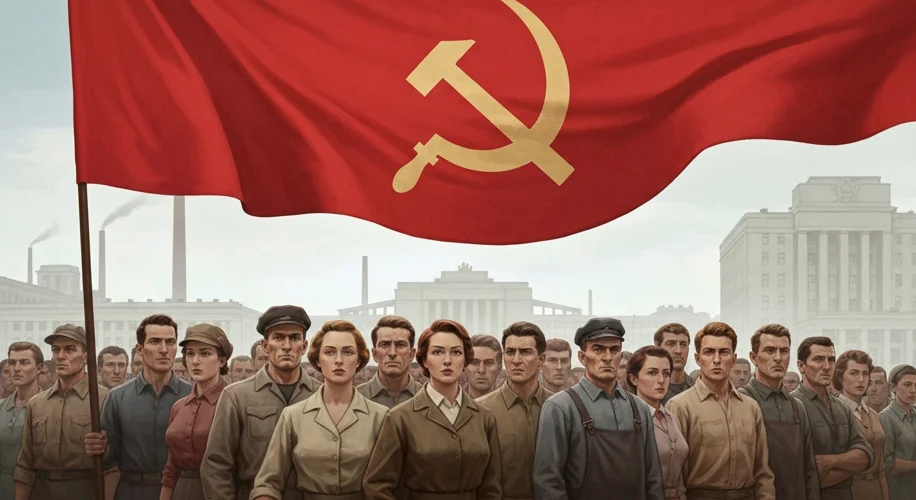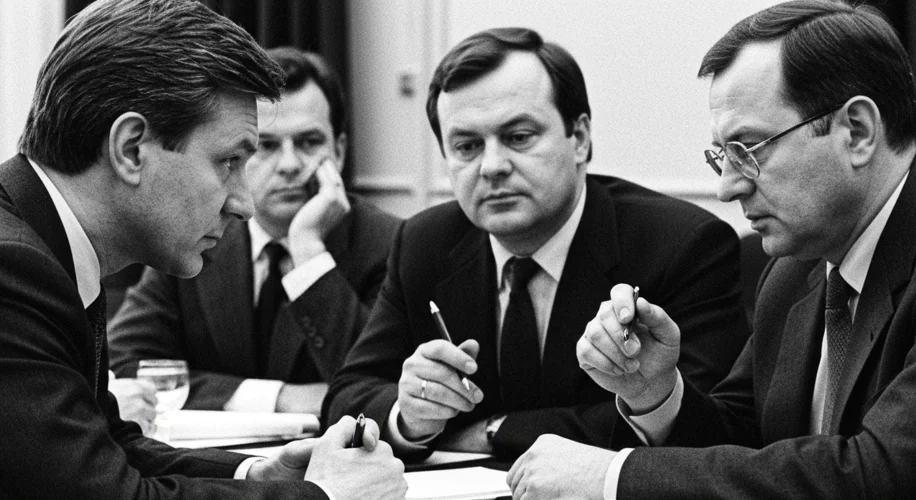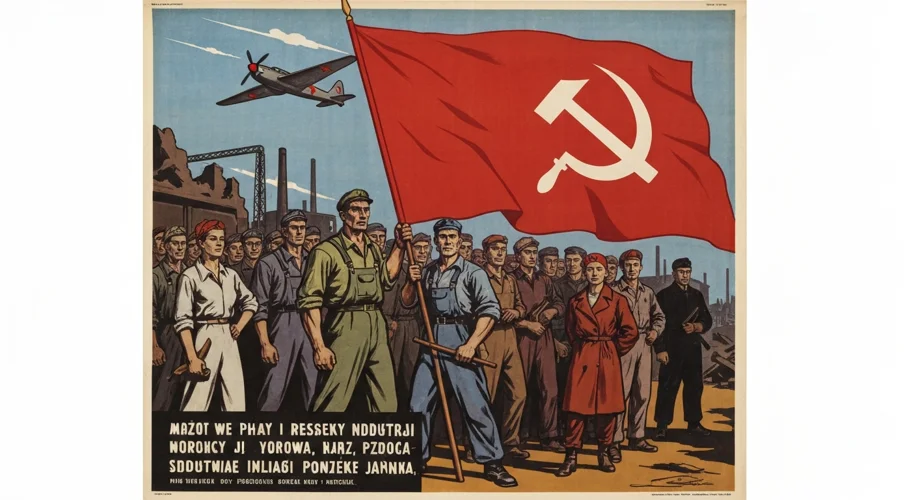The story of the Communist Party of Poland is a tale woven from threads of idealism, brutal pragmatism, and ultimately, a struggle for national identity. For much of the 20th century, this party was a ghost in the machine of Polish politics, a force operating from the shadows, its influence deeply intertwined with the fate of its powerful neighbor, the Soviet Union.
A Seed Planted in Fertile Ground?
The early 20th century in Poland was a tumultuous period. Having regained independence after over a century of partitions, the nascent Polish republic was fragile, its political landscape a vibrant, often chaotic, spectrum of ideologies. It was within this context, in 1918, that the Communist Party of Poland (KPP) was born, emerging from the ashes of the pre-war socialist movements. Its initial appeal lay in its promise of a radical social and economic transformation, a vision that resonated with some segments of the working class and intelligentsia weary of the inequalities and political instability.
However, the KPP’s radicalism and its perceived subservience to Moscow proved to be its undoing in the interwar period. The Polish state, deeply suspicious of communist influence, suppressed the party with an iron fist. Compounding these external pressures were internal divisions and ideological struggles that plagued the KPP. By the late 1930s, under Stalin’s purges, the party was virtually annihilated, its leadership decimated by executions and disappearances. The KPP was officially dissolved in 1938, a tragic end to its first chapter.
The Soviet Puppets Reemerge
But the story was far from over. As World War II drew to a close, and the Soviet Union’s military might solidified its grip on Eastern Europe, a new communist party, the Polish Workers’ Party (PPR), emerged in 1942. This party, with its roots in the wartime resistance and, crucially, with the backing of the Soviet Union, became the instrument of communist rule in post-war Poland. It was this party that would later rename itself the Polish United Workers’ Party (PZPR) in 1948, a merger with the Polish Socialist Party that effectively cemented its monopoly on power.

The PZPR became the undisputed ruler of Poland for the next four decades. Its ideology was Marxist-Leninist, its policies dictated by the needs of the Soviet bloc, and its actions often characterized by a ruthless suppression of dissent. The party controlled every aspect of Polish life – from the economy, which was collectivized and centrally planned, to the media, education, and even artistic expression. While the party espoused a vision of a classless society and national progress, the reality for many Poles was one of economic hardship, political repression, and a stifled national spirit.
Key actors within the PZPR, such as Bolesław Bierut and later Edward Gierek, attempted to navigate the complex political landscape, sometimes flirting with limited reforms or periods of relative thaw, but always under the watchful eye of Moscow. The party’s legitimacy was constantly challenged by a restless populace, evidenced by the worker protests of 1956, 1970, and the rise of the Solidarity movement in the 1980s. Solidarity, a trade union and social movement, became the embodiment of Polish resistance, a powerful counterforce to the PZPR’s authoritarian rule.
The Cracks Begin to Show
The economic stagnation of the 1970s and 1980s, coupled with the growing dissent and the increasing influence of the Catholic Church, began to erode the PZPR’s authority. The party, once a monolithic entity, started to show signs of internal division and a disconnect from the realities faced by ordinary Poles. The late 1980s saw a series of nationwide strikes and protests that the government could no longer ignore or brutally suppress.

The pivotal moment came with the Round Table Talks of 1989. Facing mounting pressure and with the winds of change blowing from Moscow under Mikhail Gorbachev, the PZPR leadership entered into negotiations with the burgeoning Solidarity movement. This historic agreement led to semi-free elections, which Solidarity overwhelmingly won, marking the beginning of the end for communist rule in Poland.
The PZPR, as a ruling entity, effectively dissolved. However, its legacy lingered. Many former members transitioned into the new political landscape, some forming new social democratic parties, while others faded into obscurity. The process of decommunization, including the purging of party symbols and the reckoning with past injustices, became a complex and often contentious part of Poland’s post-communist transition.
Echoes in the Present
The history of the Communist Party of Poland is a stark reminder of the allure and the perils of radical ideologies when intertwined with authoritarian power. It speaks to the resilience of the human spirit in the face of oppression and the enduring quest for self-determination. While the PZPR is now a relic of the past, its impact on Poland’s 20th-century trajectory, and its role in shaping the nation’s post-communist identity, continues to resonate.

